Part II: The Midnight Band of Mercy
“I suppose I am mad. For a woman to care nothing for her appearance or how she lives is a sure sign of madness. I have nothing in common with anything except animals, and them I love.”—Grace Georgia Devide, The New York World, December 31, 1893
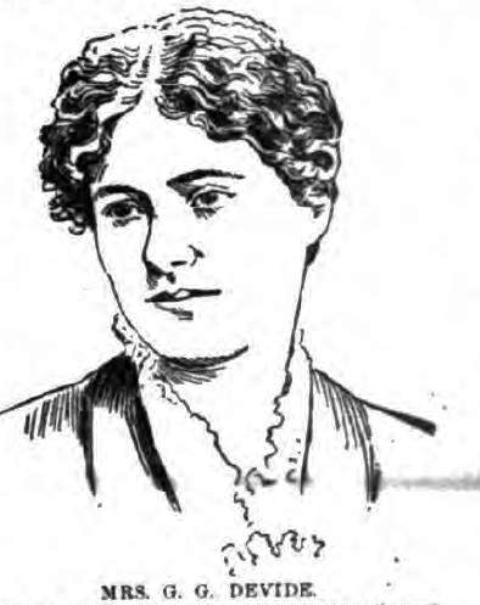
“The Midnight Band of Mercy: You Ever Hear of Such Crazy Lot of Cranks as These Deluded Women?”
So reads the front-page headline of the December 31, 1893, issue of the New York World.
The story that follows – written by Nellie Bly, the famous investigative reporter and author of “Around the World in 72 Days” — gives readers a glimpse into the mad world of several Florence Nightingales turned Jack-the-Rippers who were going around the city streets murdering cats by the thousands.
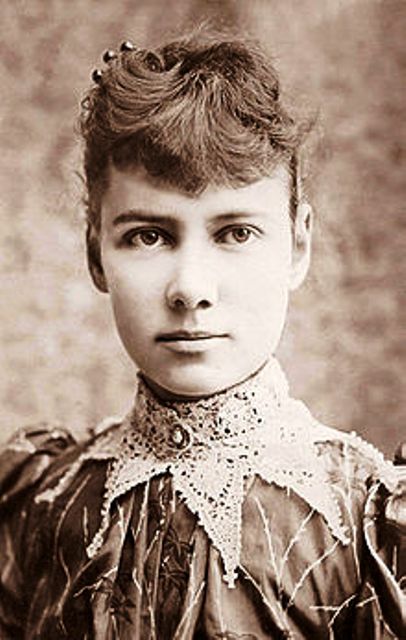
Sarah Edwards Is Arrested
In Part I of the Midnight Band of Mercy, I wrote about Sarah J. Edwards, Grace G. Devide, and their organization called the Society to Befriend Domestic Animals (SBDA). The women formed the SBDA in 1890, and opened a home for friendless and homeless cats in an old farmhouse in Washington Heights.
When they were forced to leave the farmhouse in 1893, they turned to another method to help “save” the feline population of New York City.
In the fall of 1893, a concerned citizen told Policeman Joseph Connelly of the West 125th police station that he saw Sarah Edwards using chloroform to kill a cat near 135th Street. At Policeman Connelly’s request, Sarah opened her basket – inside were five dead cats.
Sarah said she was committing an act of mercy by luring the cats with catnip and killing all of those that would only starve or freeze to death or be tortured on the streets.
Sarah said she and her organization of about 20 women (and one man) had killed more than 3,000 street cats that had all been ignored by the Society for the Prevention of Cruelty to Animals (SPCA). She even insisted that the SPCA gave the Midnight Band of Mercy permission to conduct such business.
Policeman Connelly arrested her, and told her that she had no right to kill cats. Furthermore, he said there was an ordinance against carrying dead animals through the streets.
The SPCA denied giving her permission to kill cats, and noted that she was simply “gratifying a mania for slaughter.”
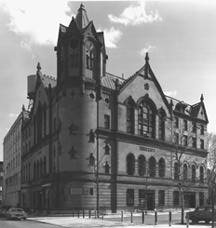
Following her arrest, Sarah appeared in Harlem Police Court with the infamous basket (Exhibit A).
Although the judge would not allow her to demonstrate her cat-killing technique, she was able to hold up a cat she had already killed. “See what a calm, peaceful look is on its little face,” she told the court in a methodical manner. “There was no pain there.”
Justice Charles Welde charged her with “cruel extermination of cats,” fined her $10, and ordered the Midnight Band of Mercy to cease and desist. The SPCA announced that the verdict was a warning to anyone who massacred cats, as cat killing “is against the laws of the State.”
After her court appearance, a reporter from The New York Times visited Sarah’s new apartment at 212 West 32nd Street. There, surrounded by many live cats and pictures of cats, she explained that she had been on her way to 262 West 136th Street to pick up a sick cat from Mrs. G. Smock when she saw a starving kitten running in an open lot across from the Shenandoah flats.
“I stooped down and did what under the circumstances was the most humane thing to do. I chloroformed it and placed it in my basket. Then I was arrested and locked up in prison.”

Sarah also explained that she and the other women did not get pleasure from this “dirty” job, but they felt compelled to go into the slums and kill dozens of cats in all stages of disease because there was no other recourse.
She said that while they would stop killing cats in the jurisdiction of the court, they would continue chloroforming cats in the suburbs and at summer watering places like Asbury Park and Ocean Grove. She also said she would advocate for a public pound for cats where kind women and girls would be appointed as cat catchers.
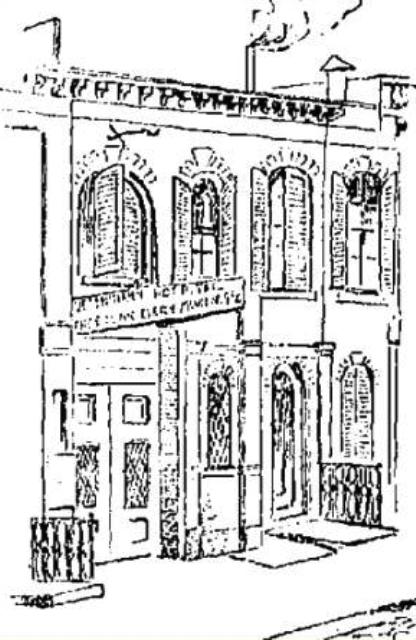
Grace Devide Tells Her Story to Nellie Bly
In December 1893, Nellie Bly caught up with Grace Devide in a dark tenement after spending several days searching for the transient woman at various apartments. Nellie Bly asked Grace to tell her all about the Midnight Band of Mercy.
Grace, who was “living like a pauper and dressed like a beggar,” explained that the women would dress in old clothes and carry airtight baskets lined with oilcloth and sponges saturated in chloroform. They’d go to the slums and pour catnip on the ground to attract the cats, and then put the cats in the baskets and shut the lids.
In this manner, the women would kill up to 50 cats a night. Sometimes, she said, they even killed the pet cats of their very own friends.
“The basket would shake, Kitty trying to escape, and then it would go ‘Meow!,’ she explained. ‘Hush Kitty,’ one of our members would say. ‘You are going to Jesus, Kitty! Hush, Kitty, your soul is going to the Lord. Kitty has gone to God, Amen.’
Grace also told Nellie that the women got their first bottle of chloroform from her good friend, Henry Bergh, founder the SPCA. After that, they bought their chloroform for $2.20 a bottle (one bottle could kill 60 cats) from a druggist in the Lower East Side.
“One day the druggist said, ‘You buy so much chloroform, you must have a dyeing establishment.’” The midnight cat killer replied, ‘Yes, a dying establishment.’”
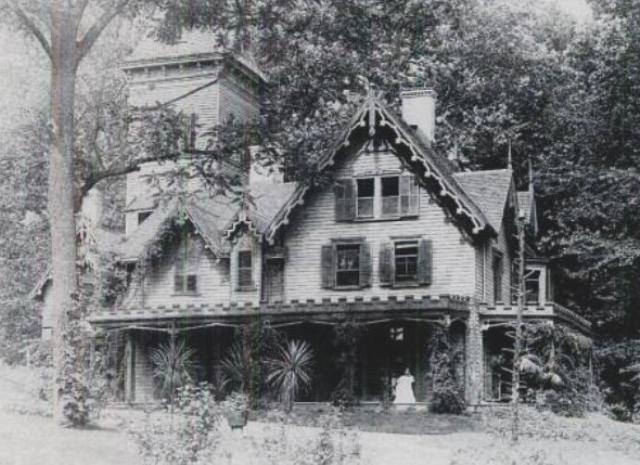
According to Grace, the Midnight Band of Mercy was largely funded by Caroline Ewen, the wealthy daughter of Civil War Brigadier General John Ewen. Miss Ewen was very religious, and was a member of Albert Benjamin Simpson’s evangelical Gospel Tabernacle on 44th Street.
Not only did Caroline provide financial assistance, she also joined the women on their midnight cat-killing sprees (and was perhaps the woman quoted above).
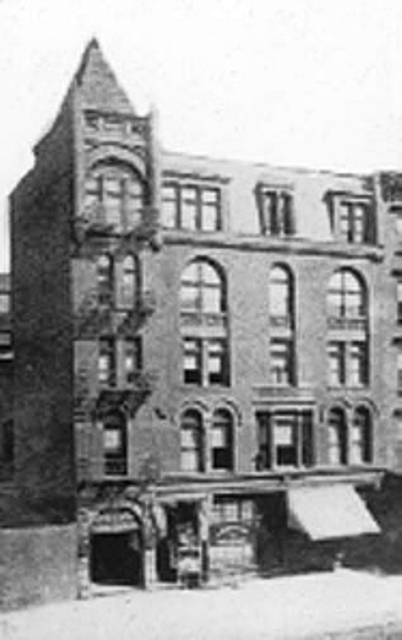
After speaking with Grace, Nellie went to the home of Miss Conklin, who was the matron of the cat home in 1890. Miss Conklin was now Mrs. Van Orden and living with her husband and numerous cats in a “very dark and dirty tenement” on First Avenue in Harlem.
Mrs. Van Orden told Nellie that Sarah and the other ladies would often kill the pet cats that were boarding at the home – and then continue collecting the boarding fees from the owners. She said she tried to save these cats by putting ribbons on them and keeping them in a separate room, but her efforts did not deter the cat killers.
The End of the Band of Mercy
I don’t know what became of Sarah Edwards, but I do know that in 1896 Grace Devide was a member of Mrs. Charlotte Smith’s Woman’s Rescue League at 24 Union Square. She had reportedly showed up at Mrs. Smith’s home for wayward women looking for shelter because “she was without means and didn’t know what to do.”
Charlotte said she could stay in one of the rooms rent-free and do work for the WRL until she could get her life together. Hopefully that work did not involve any midnight raids of mercy.
In 1921, 162 lots in the Kingsbridge and Riverdale neighborhoods of the Bronx were sold at auction for the heirs of Caroline Ewen and her sister Louise. The land, which had been in the Ewen family for 78 years, adjoined a park (Ewen Park), which had been given to the city in 1916 by their other sister, Eliza M. Ewen.
The proceeds of the sale were to go to all the homeless and suffering dogs, cats, and other animals of New York, Boston, Philadelphia, London, Rome, Naples, and Madeira.
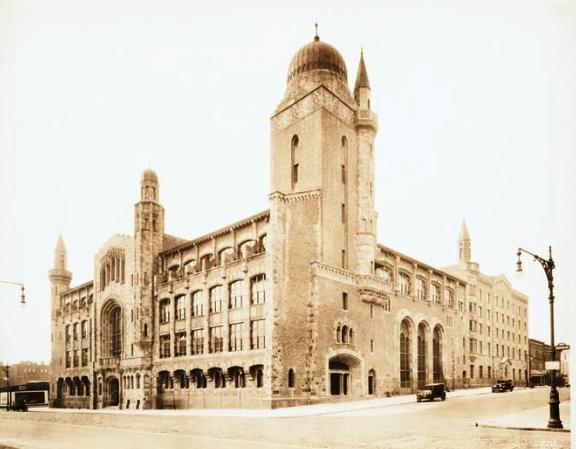


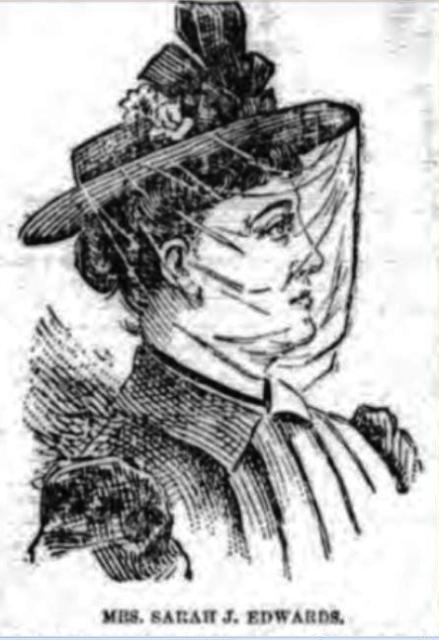

[…] 1893: The Crazy New York Cat Ladies and the Murderous Midnight Band of Mercy […]
[…] 1893: The Crazy New York Cat Ladies and the Murderous Midnight Band of Mercy […]
Seems to me these ladies had some mental problems. Their original intentions were wonderful, but how could they disintegrate to such quite madness. So sad.
What a sad, and highly creepy story. Talk about good intentions run amok!
People with causes, often lose sight of their initial cause because the power goes to their heads. They somehow feel that their mission has elevated them to become God and omnipotent and their acts are carried out in such a manner.